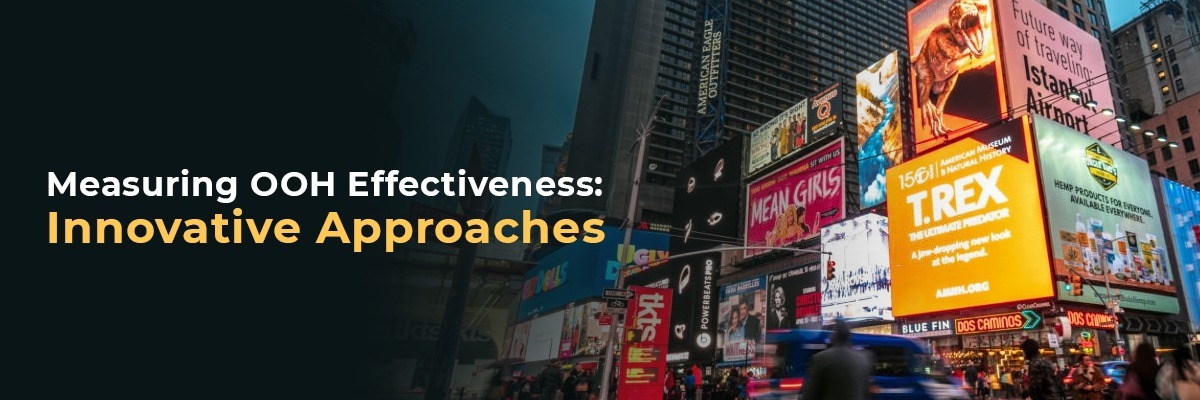



Out-of-Home (OOH) advertising has long been a staple in the marketing mix, offering unparalleled reach and visibility. However, measuring the effectiveness of OOH campaigns has traditionally been challenging. In recent years, advancements in technology and data analytics have paved the way for innovative approaches to assess the impact of OOH investments.
Audience Measurement
Attribution
ROI Measurement
Emerging Technologies
In conclusion, the ability to measure the effectiveness of OOH campaigns has become increasingly sophisticated. By leveraging innovative approaches such as audience measurement, attribution, and ROI analysis, marketers can make data-driven decisions and optimize their OOH investments to achieve maximum impact. As technology continues to evolve, we can expect even more advanced methods for measuring the effectiveness of OOH advertising.
Stay updated with expert insights, trends, and tips through our curated blog posts designed to inspire and inform you.









An overview of the meaningful results and lasting impressions we've created through our campaigns.
Please Fill-Up Your Details

Please Fill-Up Your Details